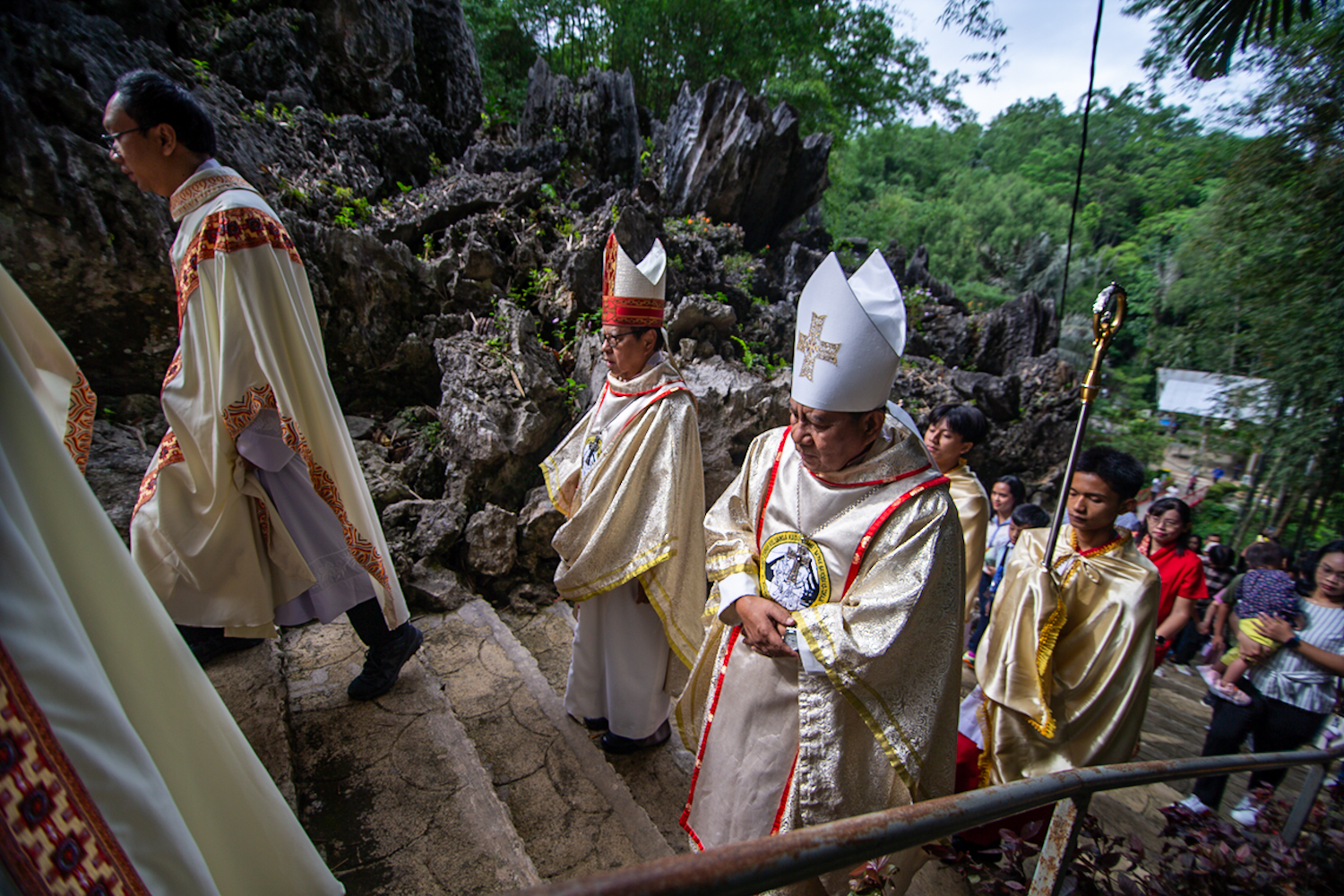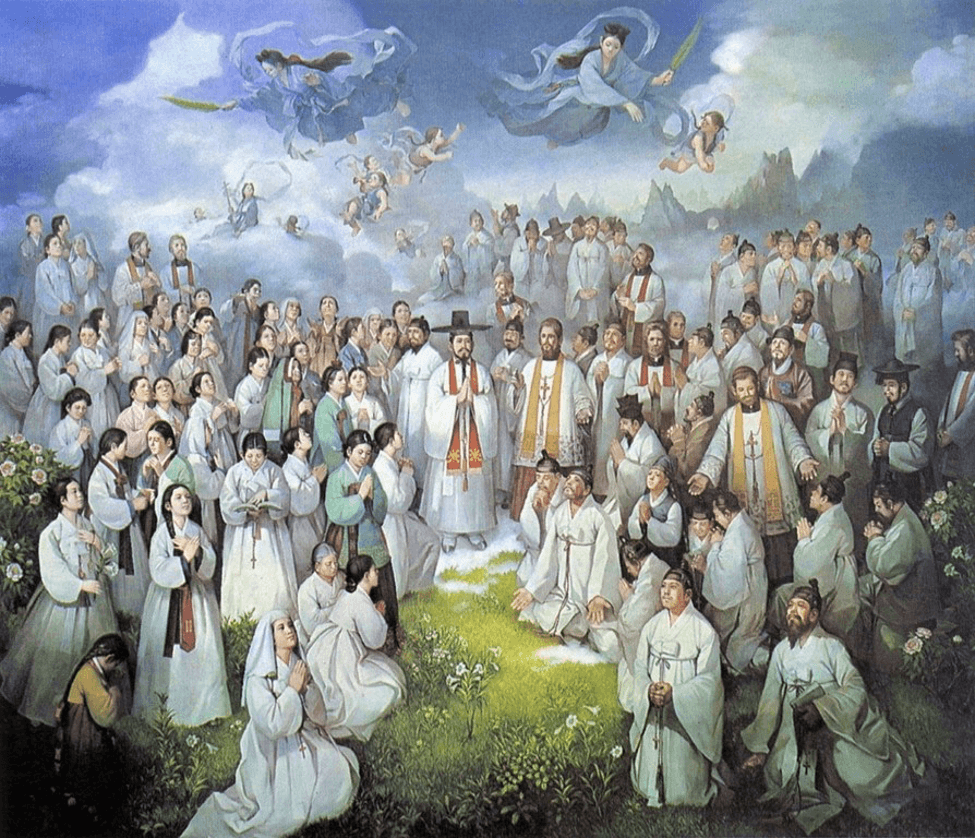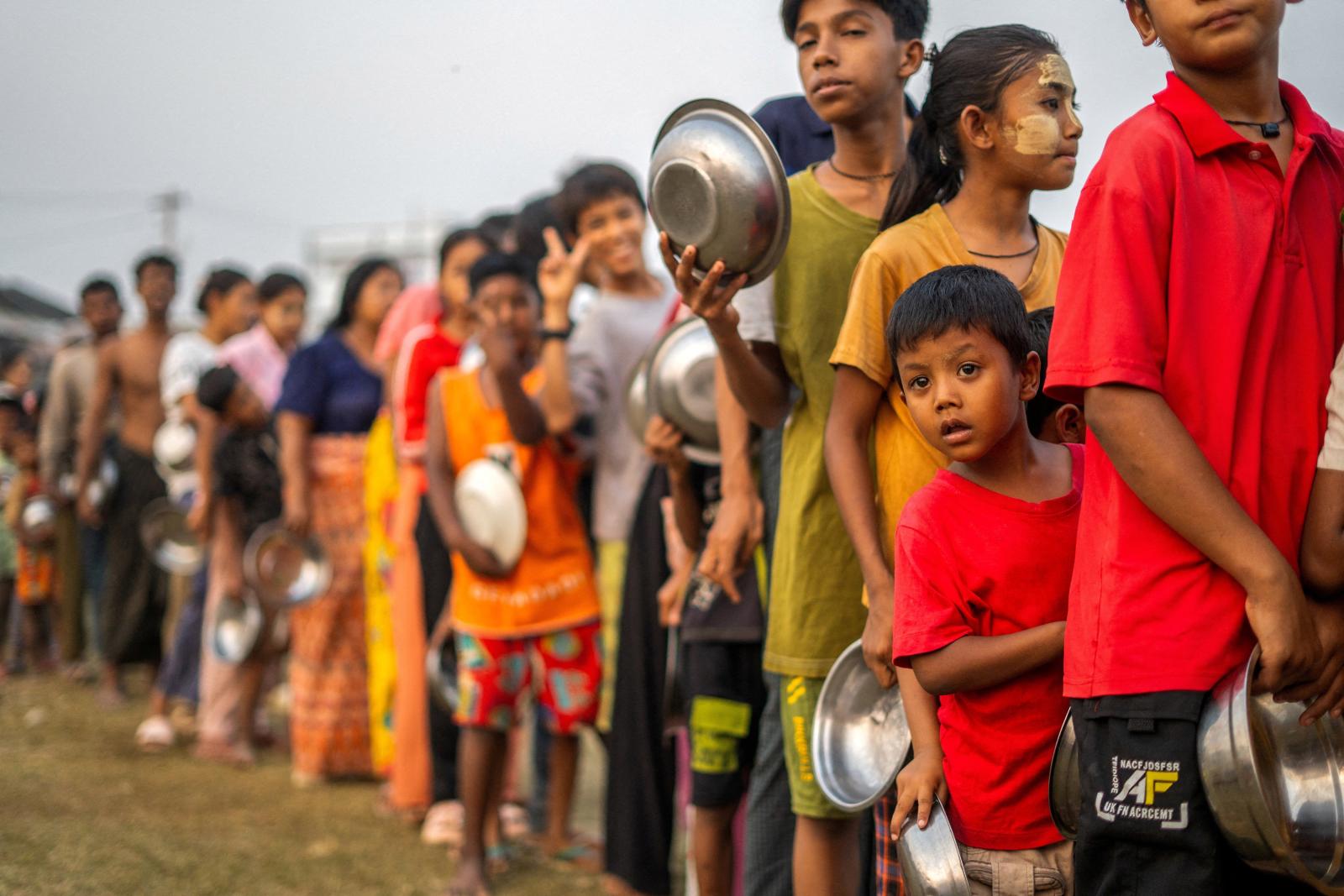Bishop Selvaraj’s warning
Joaquim Magalhães de Castro
In the Indian archipelago of Nicobar, in the middle of the Indian Ocean, an indigenous people is at serious risk of extinction due to a development project promoted by New Delhi – “in favor of commercial and possibly strategic infrastructures” – which aims to fulfill an old desire: the construction of what local authorities proudly call “India’s Hong Kong”.
This is a megaproject that includes a deepwater port, an international airport, an industrial park, a military naval base; in essence, a new city capable of bringing together 650 thousand inhabitants on an island – Great Nicobar – which is currently home to only eight thousand people. Among them, a few hundred members of the Shompen tribe, one of the most isolated on the planet and which to date has had little or no contact with the modern world. Several civil society organizations have already come out, criticizing the ambitious project.
They remember, for example, that neither the Shompen nor any other indigenous ethnic group from the Andaman and Nicobar region (also affected by the initiative) were consulted on the matter, nor did they give their consent, which is why, in the opinion of these non-governmental organizations, the measure announced by New Delhi “simultaneously violates Indian law and international law”. Despite these campaigns, the Indian government is determined to continue with the project: the Indian Ministry of Environment, Forests and Climate Change has already issued licenses for the felling of more than 800 thousand trees in this tropical forest area! As the NGO Survival International notes, such a project will not only cause “unprecedented social and environmental destruction”, but will also lead to the extinction of the Shompen, who will be immediately uprooted and exposed to diseases to which they have little or no immunity.
These concerns are shared by Visuvasam Selvaraj, Bishop of Port Blair, the only Catholic diocese in Andaman and Nicobar. In this territory made up of 500 islands (40 of which are inhabited), 40 thousand Catholics live among a total population of almost 500 thousand souls, the majority of which are Hindus, but with small pockets of Muslims and animist indigenous people. Five dozen priests carry out their pastoral work in 18 parishes spread across the islands, where we find small chapels and true “maritime mission stations”.
Appointed bishop of Port Blair by Pope Francis on June 29, 2021, Visuvasam Selvaraj had served as diocesan administrator since Dom Aleixo das Neves Dias resigned from the position on January 5, 2019. In addition, Dom Selvaraj served the diocese as director of social services, prosecutor, project director, training director, director of Sagritara Press, chaplain to the Tamil community, consultant, judicial vicar and chancellor.
To the Fides agency, and regarding the defense of the Shompen people, a cause that the prelate embraced without hesitation, Dom Visuvasam Selvaraj reports the following: “I recently visited the island of Great Nicobar and noticed that everyone is extremely worried about the imminent start of the project. For our part, we have done what we could to make our appeal heard, but it seems that, unfortunately, market reasons will prevail. The government in New Delhi is not willing to talk. Or better said, he doesn’t even show a desire to listen to us. It will be a huge setback for our islands and our people.”
It should be noted that, for the Indian executive, this idea of an “Indian Hong Kong” is, in addition to its obvious economic relevance, a crucial project for national security and defense, given the strategic location of the Andaman and Nicobar islands in the Indian Ocean. Formal approval of the colossal undertaking is expected in the coming months and construction of the port could begin as early as the end of 2024.
The Union Territory of Andaman and Nicobar Islands is an archipelago of around 550 islands. It is located in the Bay of Bengal and covers an area of more than 8 thousand square kilometers, an area overwhelmingly covered by “reserved and protected forests”. In fact, 36% of this total was, by law decree, dated 1956, specifically reserved for aboriginal tribes. But none of these statistics are being taken into account.
Christianity arrived on these islands in 1690, when a Portuguese Franciscan from the Pegu Mission, Father Agnelo, landed in Car Nicobar. In 1711, two French Jesuits, Fathers Bonnet and Faure, of the Pondicherry-Carnatic Mission, tried their luck, but both perished shortly afterwards. In 1780, it was the turn of the Barnabites (also from the Pegu Mission) to try some missionary work, but without much progress. New insistence, in 1836, again the Jesuits – Fathers Supries, Galabert, Beaury, Lacramp and Chopard for years tried to transcribe the local dialect into Latin. However, hatred against Europeans was installed and the mission suffered serious setbacks and failure and was forced to close the activity. The Catholic population of the islands then consisted of a few dozen common convicts and some of the British soldiers who guarded them.


 Follow
Follow


